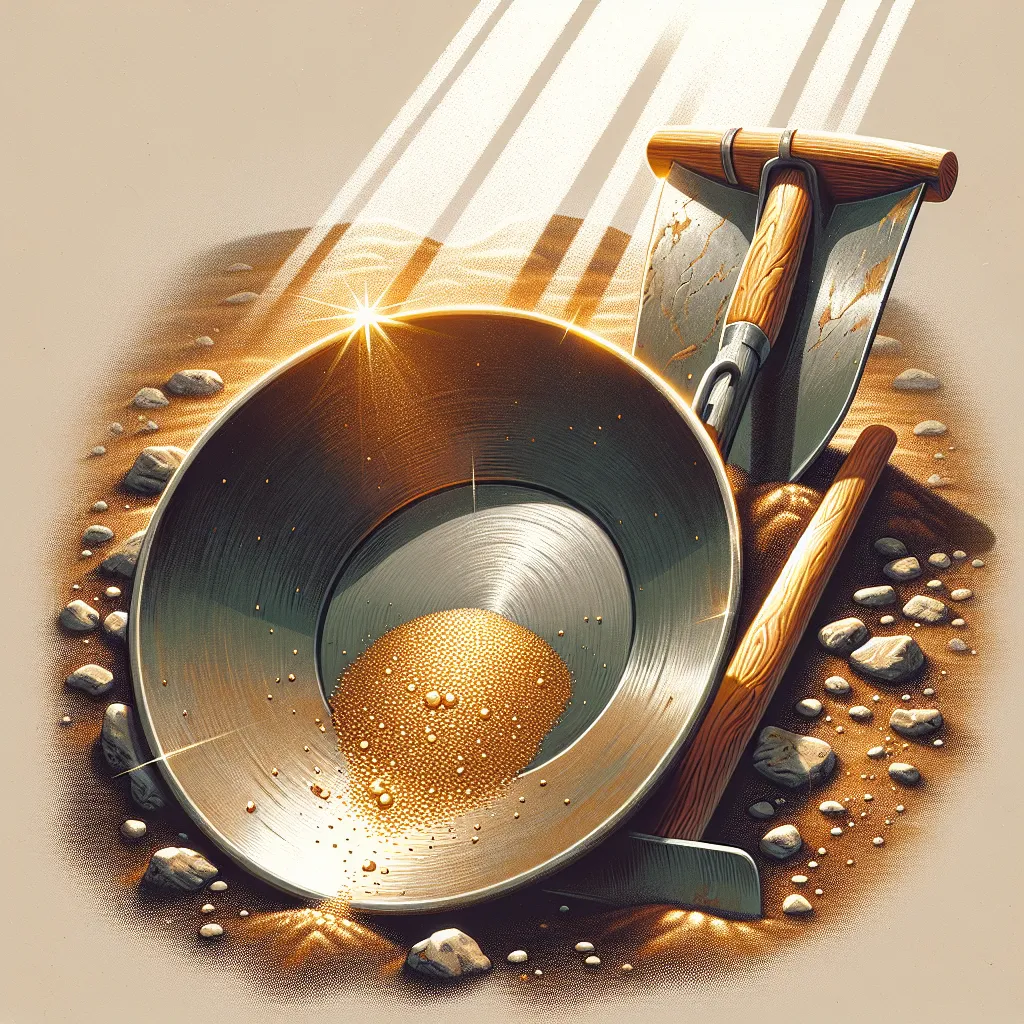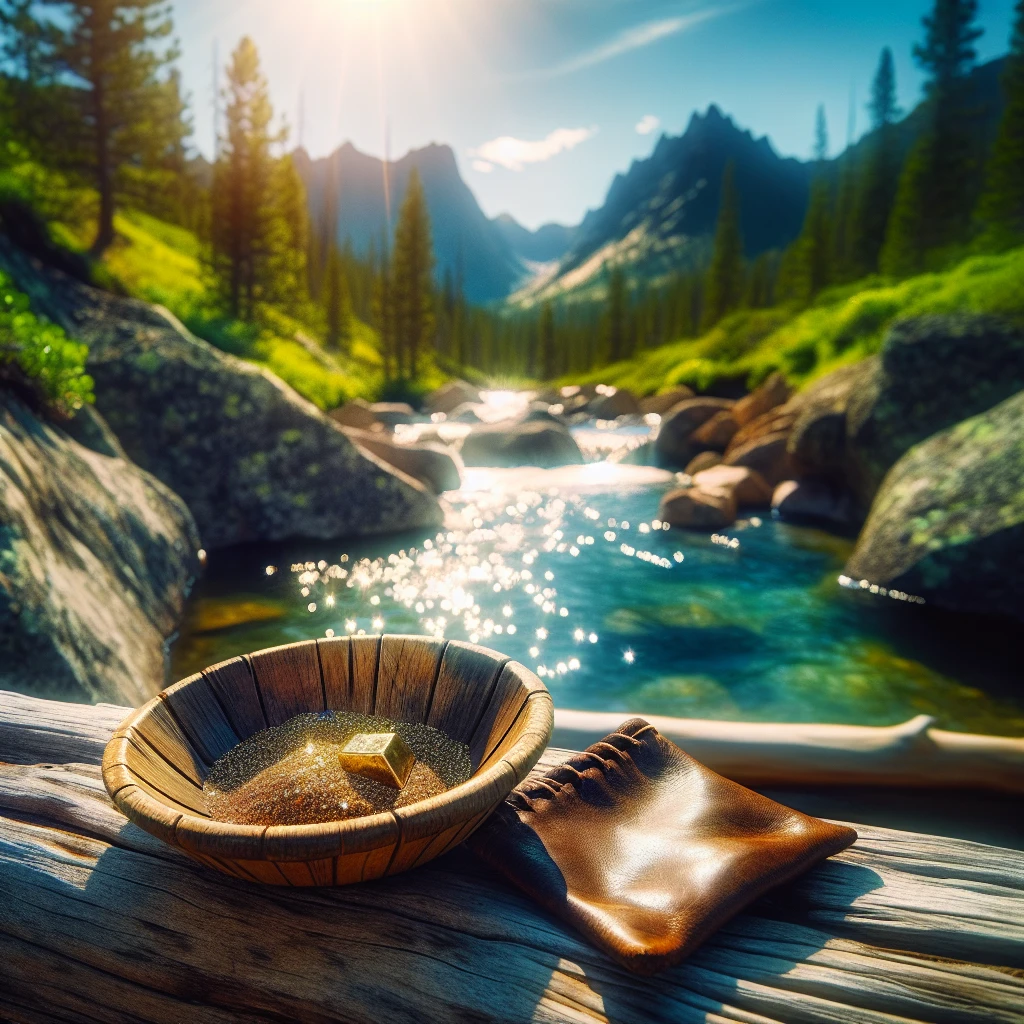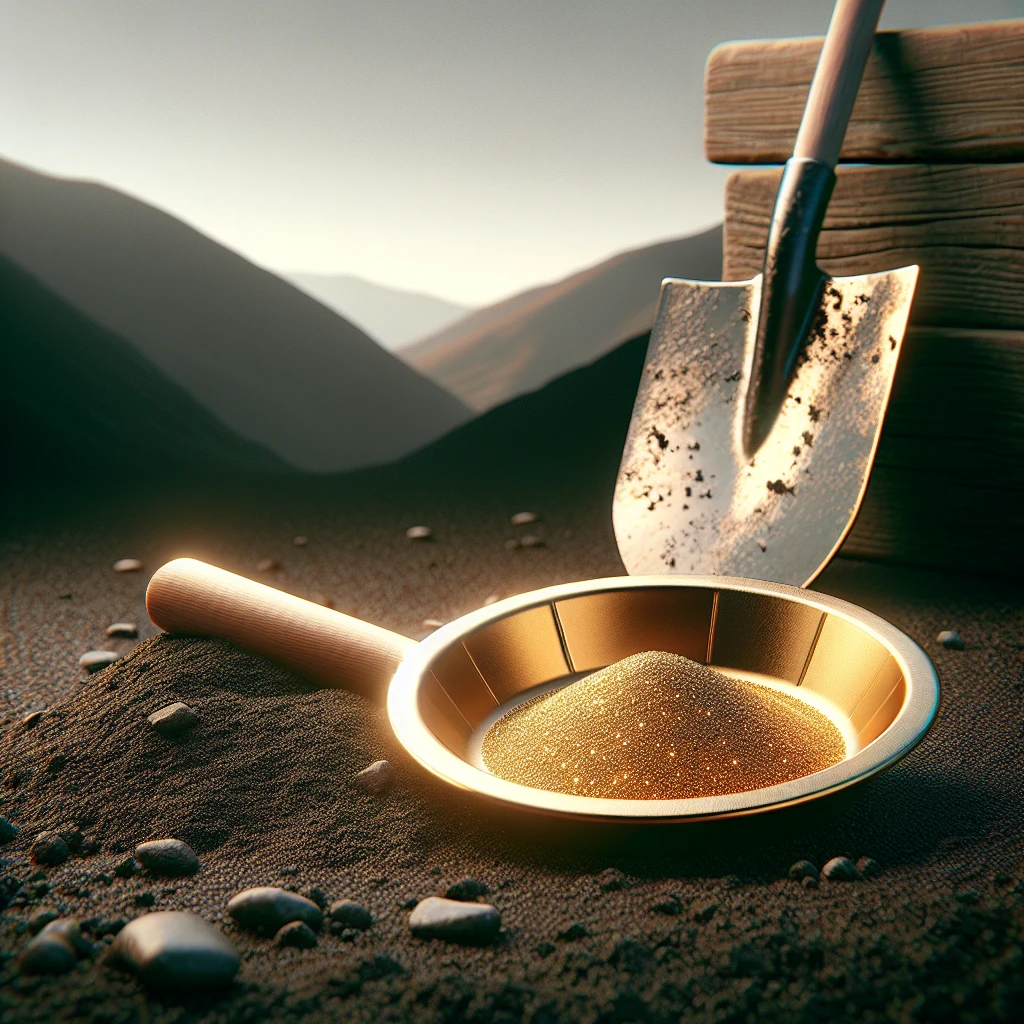Short Answer for “panning for gold in black hills”
Yes, visitors can pan for gold in the Black Hills to experience the thrill of searching for precious metals and connect with the history of the area.
The Black Hills Gold Rush, which began in 1874, was a significant event in the history of the United States, attracting over 1,000 men to prospect for gold in the area. The allure of panning for gold in the Black Hills has continued to capture the imagination of many, drawing tourists and history enthusiasts to the region to experience the thrill of searching for precious metals.
Visitors to the Black Hills can indulge in the tradition of panning for gold, experiencing an authentic and educational activity that allows them to connect with the history of the area. Through gold panning, individuals can gain a hands-on understanding of the challenges and excitement faced by the prospectors who were drawn to the Black Hills in search of wealth.
Check out this Youtube video: Experience the thrill of panning for gold in the beautiful Black Hills of South Dakota and uncover the treasure hidden in the Pay Dirt!
Key Takeaways on Panning for Gold in Black Hills
-
The Black Hills Gold Rush marked a pivotal era in the quest for gold and sparked the rapid development of the region, leading to the establishment of ancillary industries.
-
Prime locations for gold panning in the Black Hills include Big Thunder Gold Mine, Wade’s Gold Mill, and Black Hills National Forest.
-
Essential tips for successful gold panning in the area include seeking fast-moving streams, observing regulations, respecting private lands, and being aware of laws and permits.
-
Techniques for successful gold panning involve using a reliable gold pan, sniping tool, classifier, and storing container, as well as exercising patience and understanding legal regulations.
-
Appropriate equipment for gold panning includes a gold pan, sniping tool, classifier, storage container, gloves, and shovel or hand trowel.

The History of Black Hills Gold Rush
The Black Hills Gold Rush holds immense historical significance, marking a pivotal era in the quest for gold in the United States. It began on April 9, 1876, with the discovery of a substantial vein of gold-bearing ore near Lead by brothers Fred and Moses Manuel, Hank Harney, and Alex Engh. This discovery, known as the “mother lode deposit,” became the primary source feeding the placer gold in the creeks of the region.
Historical significance of gold panning in the Black Hills
Gold panning played a crucial role in the Black Hills Gold Rush, attracting prospectors from across the nation who sought to uncover fortunes in the streams and creeks of South Dakota. Even though only small amounts of gold were found, the allure of striking it rich drew a substantial influx of people, creating a passionate gold rush spirit that left an indelible mark on the area’s history.
Influence of gold mining on the development of the region
The influence of gold mining extends far beyond mere prospecting. The discovery of gold in the Black Hills sparked the rapid development of the region, drawing in a flurry of businesses and investment. Hard rock mines not only brought in cash but also facilitated the establishment of ancillary industries such as timbering and railroads. Additionally, the economic boom fueled by gold mining in the area laid the foundation for the thriving industries of tourism, agriculture, and manufacturing that are integral to the economy of South Dakota.

Where to Pan for Gold in the Black Hills
Prospecting for gold in the Black Hills offers a thrilling experience, and there are several prime locations where you can indulge in this exciting activity. The region is rich in gold mining history, making it a perfect spot for enthusiasts looking to strike it rich.
Best locations for gold panning in the Black Hills
The Black Hills area boasts several fantastic spots for gold panning, ensuring a memorable and fruitful experience. Some standout locations include:
-
Big Thunder Gold Mine: Situated in Keystone, this mine offers a unique gold panning experience. It provides visitors with the opportunity to learn the art of panning and guarantees a rewarding find. It’s an excellent starting point for newcomers.
-
Wade’s Gold Mill: Nestled in Hill City, Wade’s Gold Mill offers an authentic gold panning experience with genuine gold ore. This destination is renowned for providing visitors with a hands-on and educational prospecting experience.
-
Black Hills National Forest: The creeks and rivers within the Black Hills region are ideal for gold panning. Visitors can seek out fast-moving streams in the area, as nature has already played a significant role in eroding gold from ore into the stream beds.
Tips for prospecting and gold panning in the area
When indulging in gold panning in the Black Hills, consider the following essential tips for a successful and enjoyable experience:
-
Seek Fast-Moving Streams: Look for fast-moving streams, which are likely to have eroded gold from ore and deposited it in the stream beds. This naturally increases the chances of finding gold.
-
Observe Regulations: It’s crucial to be aware of regulations and requirements when engaging in gold panning activities. While the state of South Dakota generally does not require a permit for panning or hand sluicing, it’s essential to adhere to any necessary permits and bonds when using motorized equipment or suction dredging.
-
Respect Private Lands: Within the boundaries of most National Forests, there is private land that is not open to prospecting or mining without the owner’s permission. Always respect private property and obtain the necessary permissions.
-
Laws and Permits: While engaging in gold panning, familiarity with mining laws and permits is crucial. Large-scale gold mines have separate annual reporting requirements, and recreational gold panning is allowed in designated areas. Be sure to stay informed about the specific regulations in place.
-
Plan Your Visit: Before embarking on a gold panning adventure in the Black Hills, it’s advisable to plan your visit thoroughly. Familiarize yourself with the best spots and ensure you have the necessary equipment for a successful prospecting experience.
The Black Hills region offers an array of opportunities for exhilarating gold panning adventures. By exploring the best locations and following essential tips, visitors can enhance their prospecting experience and potentially uncover valuable treasures.
| Locations | Description |
|---|---|
| Big Thunder Gold Mine | Offers an educational gold panning experience with a guaranteed find |
| Wade’s Gold Mill | Provides visitors with an authentic and hands-on panning experience |
| Black Hills National Forest | Boasts creeks and rivers ideal for gold panning, with natural gold deposits |

Tips and Tricks for Successful Gold Panning
Techniques for successful gold panning
To successfully pan for gold in the Black Hills, start by finding a stream or river with known gold deposits. Once at the location, you should fill your pan with sediment-laden river water and then give it a gentle swirling motion. This will allow the heaviest gold particles to settle at the bottom of the pan. Carefully remove the layers of lighter sediment from the top of the pan, making sure not to lose any precious gold. Continue this process until only the heavy black sand and gold are left at the bottom. Finally, carefully remove the remaining material, revealing any gold collected at the bottom of the pan.
Another technique for successful gold panning is to use a sniping tool to extract gold from crevices in the bedrock or underwater. This tool allows for meticulous extraction of tiny gold nuggets that may be tucked away in hard-to-reach areas during your panning in the Black Hills. Pro tip: Assure that you are aware of the legal regulations and obtain any necessary permits before using a sniping tool, as regulations may vary from one location to another.
If you want to take your gold panning to the next level, consider using a gold panning kit. These kits usually include a gold pan, a sniping tool, a classifier, and vials for storing your found gold.
The classifier can help separate larger gravel and rocks from smaller sediments, ensuring more efficient panning. Additionally, it’s vital to understand that successful gold panning also requires patience, as finding substantial amounts of gold often takes time and dedication.
Equipment needed for gold panning in the Black Hills
When venturing into the Black Hills for gold panning, it’s essential to gather the necessary equipment. A reliable gold pan, typically made of plastic with riffles on the side, is the primary tool for separating gold from sediment. Furthermore, a sniping tool, such as a suction bottle or tweezers, is crucial for extracting small gold nuggets and particles. If you plan to sift through large volumes of sediment, consider using a classifier to speed up the process and increase your chances of uncovering gold.
Moreover, having a container to store and transport your gold findings is essential. Small vials or containers equipped with secure lids are perfect for safely preserving your discovered gold.
Additionally, a pair of durable gloves can protect your hands while panning in cold water or rummaging through riverbeds. Lastly, a small shovel or hand trowel can aid in excavating sediment-rich areas along the water’s edge, allowing you to extract material for panning in the Black Hills.
To summarize, successful gold panning in the Black Hills demands a combination of proper techniques and the right set of tools. By following these tips and acquiring the necessary equipment, you increase your chances of striking gold in the picturesque streams of the Black Hills.
| Item | Purpose |
|---|---|
| Gold pan | Essential for separating gold from sediment |
| Sniping tool | Extracts small gold nuggets and particles |
| Classifier | Separates larger gravel from smaller sediments |
| Storage container | Preserves and transports discovered gold |
| Gloves | Protects hands during panning activities |
| Shovel or hand trowel | Aids in excavating sediment-rich areas |
Conclusion
Panning for gold in the Black Hills offers an exciting and hands-on experience for history enthusiasts and adventure seekers. The region’s rich mining history and abundance of gold-bearing streams make it a prime location for gold panning activities, providing visitors with the opportunity to connect with the area’s past and potentially uncover valuable treasures.
Moreover, the Black Hills area boasts several fantastic spots for gold panning, ensuring a memorable and fruitful experience. Locations such as Big Thunder Gold Mine, Wade’s Gold Mill, and the creeks and rivers within the Black Hills National Forest offer visitors the chance to indulge in an authentic and educational gold panning experience.
Lastly, successful gold panning in the Black Hills demands a combination of proper techniques and the right set of tools. By following essential tips, such as seeking fast-moving streams, observing regulations, respecting private lands, and acquiring the necessary equipment, visitors can enhance their prospecting experience and increase their chances of striking gold in the picturesque streams of the Black Hills.
